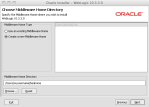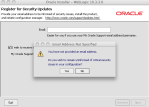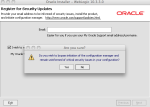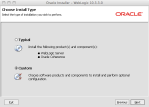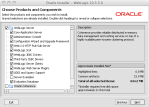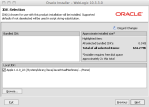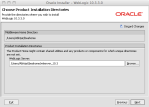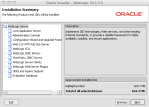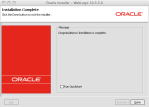Leveraging the Collective Genius
March 15, 2011 1 Comment
By Terry Cates – VP of Engineering
 As the VP of Engineering at Cobalt for the last three and a half years, I’ve seen a lot of exciting development happen here. Some of our greatest hits came from one or two engineers with an idea, or a tech savvy product owner who pitched a vision to someone with a passion to prototype it. Everyone has a voice and great ideas come from anyone. We call it the collective genius. When technical depth and passion meets market opportunity, the collective genius is bringing it’s best to the table and our customers win. That’s good for everybody.
As the VP of Engineering at Cobalt for the last three and a half years, I’ve seen a lot of exciting development happen here. Some of our greatest hits came from one or two engineers with an idea, or a tech savvy product owner who pitched a vision to someone with a passion to prototype it. Everyone has a voice and great ideas come from anyone. We call it the collective genius. When technical depth and passion meets market opportunity, the collective genius is bringing it’s best to the table and our customers win. That’s good for everybody.
Cobalt’s business has been expanding for a while and I’m thrilled to say that’s only been accelerating lately. Our mission is to make advertising more effective for auto dealers by allowing them to go digital and tout their local brand, while leveraging the advertising budgets and messaging from the vehicle manufactures. To do this we have an integrated suite: a dynamic website platform, a digital advertising platform (display, video, SEM, email, social networking solutions, etc.) and sophisticated ROI analytics.
Collectively, our customers spend billions on advertising, most of it in traditional off-line media. We have solutions that allow them to go on-line and be much more effective at targeting their message and proving the value of their spend. Not surprisingly, business is booming! While we certainly have compelling solutions and a stable growing business, we are just getting started and there are plenty of green field opportunities as we transform an industry.
Agile software development
 At Cobalt, development is done in small agile scrum teams that pride themselves in innovation and frequent delivery to production. All our software is delivered as a service and in fact, across our products, we release software several times a week.
At Cobalt, development is done in small agile scrum teams that pride themselves in innovation and frequent delivery to production. All our software is delivered as a service and in fact, across our products, we release software several times a week.
Despite that fact that we have dozens of teams working on interconnected systems, you won’t find painfully long product specs or red tape at Cobalt. You won’t have business people making commitments you have to keep without talking to you first.
You will find dedicated agile teams focused on solving problems like automating optimization of advertising budgets across hundreds of local markets, or people passionate about designing consumer web interfaces that dynamically alter themselves to fit the persona of a visitor. You will see teams that are tying advertising and web data together to figure out what message resonates with a target audience, and people focused on scaling solutions to handle twice as much traffic as they did in the previous month, just to name a few.
What we look for
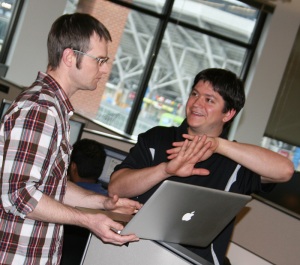 The collective genius is always getting smarter. We look for people that want to win and have passion for leveraging technology like Java, Spring and jQuery. We would love to see some of your work, or talk about it on the white board. If your passion is UX design, wow us with your portfolio and ideas. If you’re not thrilled with your current career or you’re just out of school and want to make a big splash, then take a look at some of our open positions, and let’s talk.
The collective genius is always getting smarter. We look for people that want to win and have passion for leveraging technology like Java, Spring and jQuery. We would love to see some of your work, or talk about it on the white board. If your passion is UX design, wow us with your portfolio and ideas. If you’re not thrilled with your current career or you’re just out of school and want to make a big splash, then take a look at some of our open positions, and let’s talk.
In the coming weeks and months you’ll see more about Cobalt’s development process, from the perspectives of the developers themselves and the products and professional services engagements they’re focused on. For now, here’s a first look at life as a Cobalt developer. We have a lot going on and we can’t wait to share it with you!


